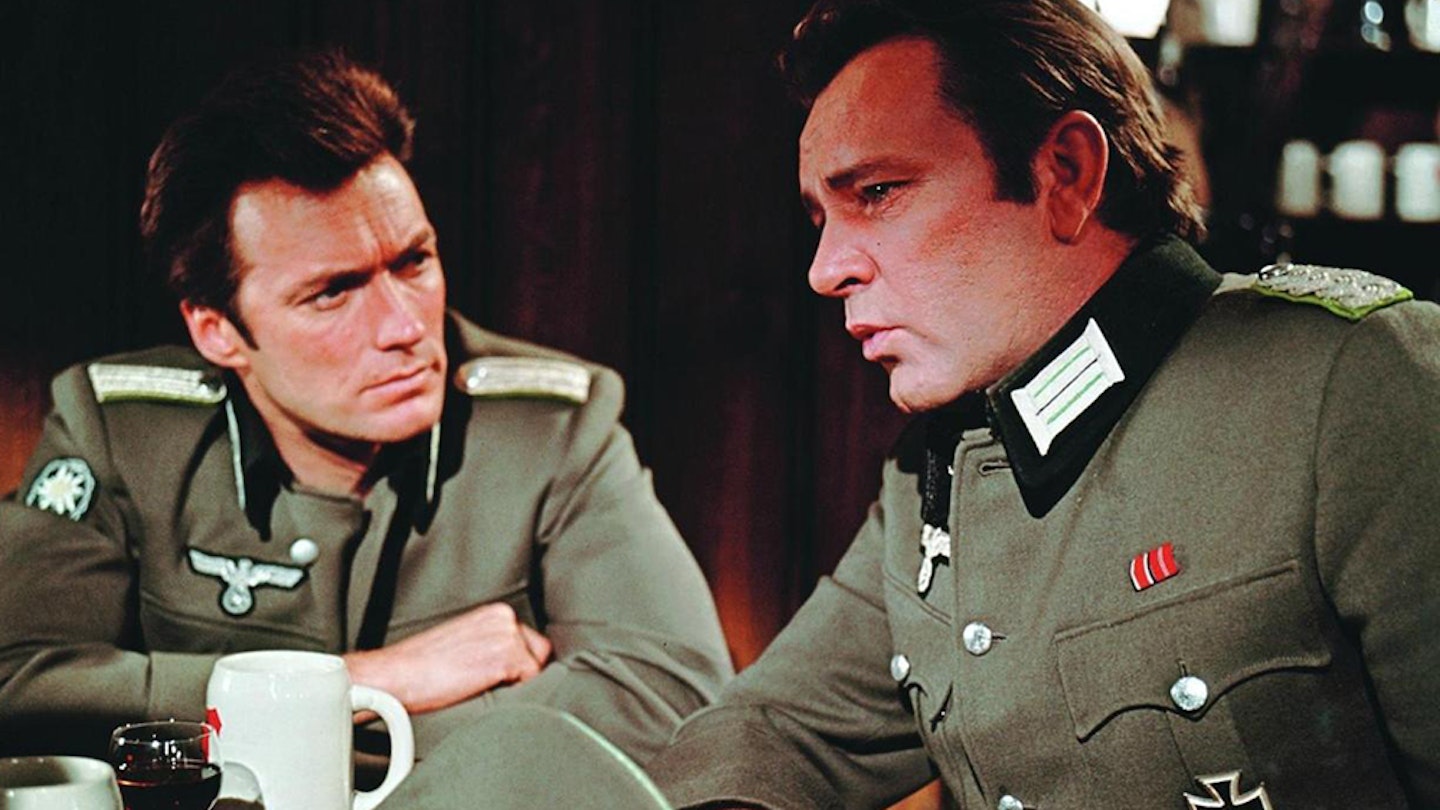War, what is it good for? Well, not much we grant you, but it has inspired moments of pure movie magic. From Lewis Milestone’s pioneering tracking shot across shell-pocked battlefields in All Quiet On The Western Front to The Hurt Locker’s parched sniper-off, the chaos, horror and adrenaline-flood of combat has practically burnt off the screen. If you’re a newcomer to the genre, Empire’s guide offers a grounding to the genre in ten simple steps.
Das Boot (1981)

Now a mighty 210 minutes, Wolfgang Petersen’s submarine spectacular was originally released at a little over two hours and was a smash, both at the box office and the Academy (its six Oscar nods unprecedented for a foreign language film). Aside from giving audiences time to grow beards of their own, the extended director’s cut slows the pace to capture the gradients of life aboard a U-boat: days of dripping, cramped boredom bleeding into gnawing tension, occasionally giving way to moments of pure terror. It was Petersen’s intention to adapt Lothar-Günther Buchheim’s World War II memoir into “a journey to the end of the mind”, an Apocalypse Now in bright yellow macs. Das Boot, more than any other sub movie, achieves that. Sub prime and then some.
Where Eagles Dare (1968)
Despite some spoilerific taglines (see: “First they're going to get the enemy... then they're going after the brass that sent them,” and “Look out! It’s the dude with the briefcase”), Where Eagles Dare is pretty much the perfect boy’s-own flick. Director Brian G. Hutton plays things bullet straight without losing a sense of fun and, let’s be honest, preposterousness. If you can keep track amid all the double and triple-crossing, there’s definitely a job for you at MI5. Richard Burton, leaning heavily on his stunt double, and Clint Eastwood, accruing a bodycount that’d alarm Dirty Harry, have a ball as Allied commandos parachuted into the yodelling part of the Third Reich to rescue a US general with top secret intel. Mazy, fun and thrilling, it never gets old.
Waterloo (1970)
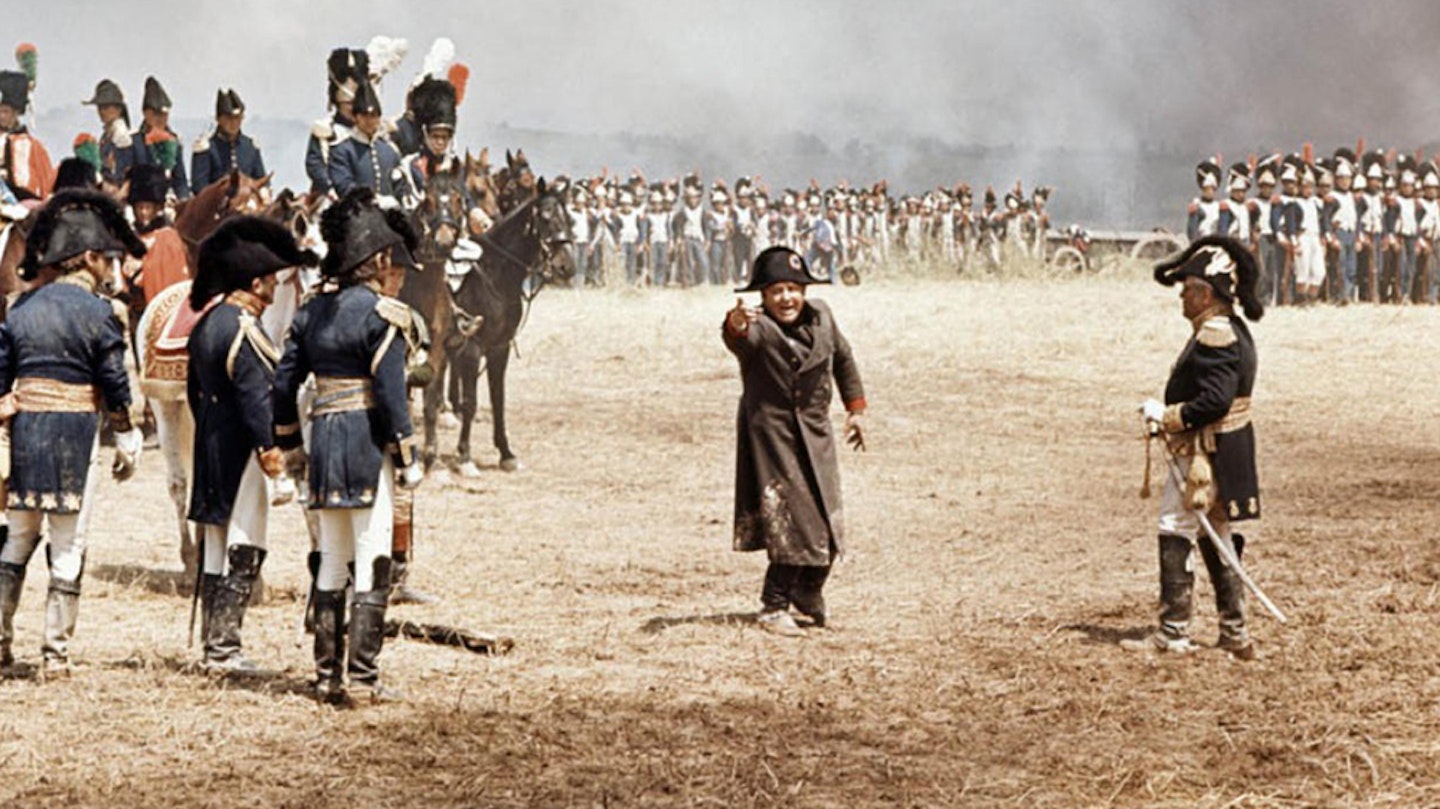
With more interpreters than some movies have cast members, filming Waterloo was almost as complex as the battle itself. Its 17,000 extras, borrowed from the Soviet Army in a cinematic glasnost that stood testament to Dino De Laurentiis’ negotiation skills, lend the fighting a vast scale that can’t be recaptured, even in the era of CGI. Marvel as the French dragoons sweep between the red-clad infantry squares, or the massed ranks of the Imperial Guard march defiantly into the face of withering British fire. The characterisation may not match Ukrainian director Sergei Bondarchuk’s adaptation of War And Peace – Rod Steiger’s Napoleon is so hysterical you wouldn’t back him to successfully negotiate his way around Waterloo Station, let alone the British Army – but the scale he brings to the events of June 18, 1815 is simply breathtaking. This is the reason Stanley Kubrick’s Napoleon never happened and, despite its box-office failure, a compelling one at that.
La Grande Illusion (1937)
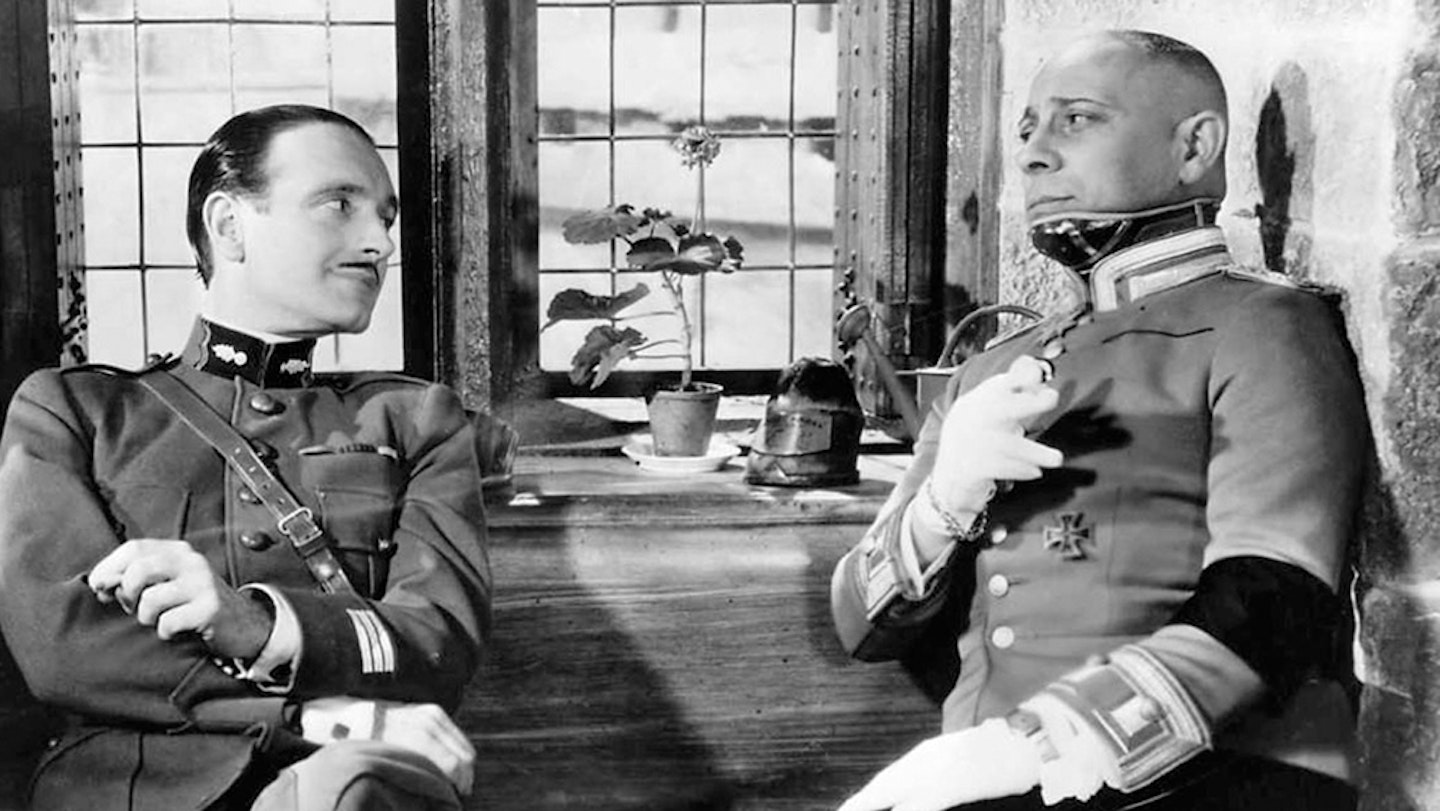
This humanist classic resulted in director Jean Renoir being dubbed "Cinematic Enemy Number One" by Nazi Germany’s resident film critic Josef Goebbels, so he must have been doing something right. The daddy of all POW movies, it was full of uncomfortable truths for the deeply divided French society of the time. For aviator de Boeldieu (Pierre Fresnay) and Prussian ace von Rauffenstein (Erich von Stroheim), class transcends national ties. Both are imprisoned, not just by the stone-slab stalag high in the Vosges Mountains, but by the new social order heralded by war. The future belongs to Maréchal’s (Jean Gabin) working-class airman and wealthy Jew Rosenthal (Marcel Dalio), who make good their escape as de Boeldieu sacrifices himself to the German guards.
Paths Of Glory (1957)
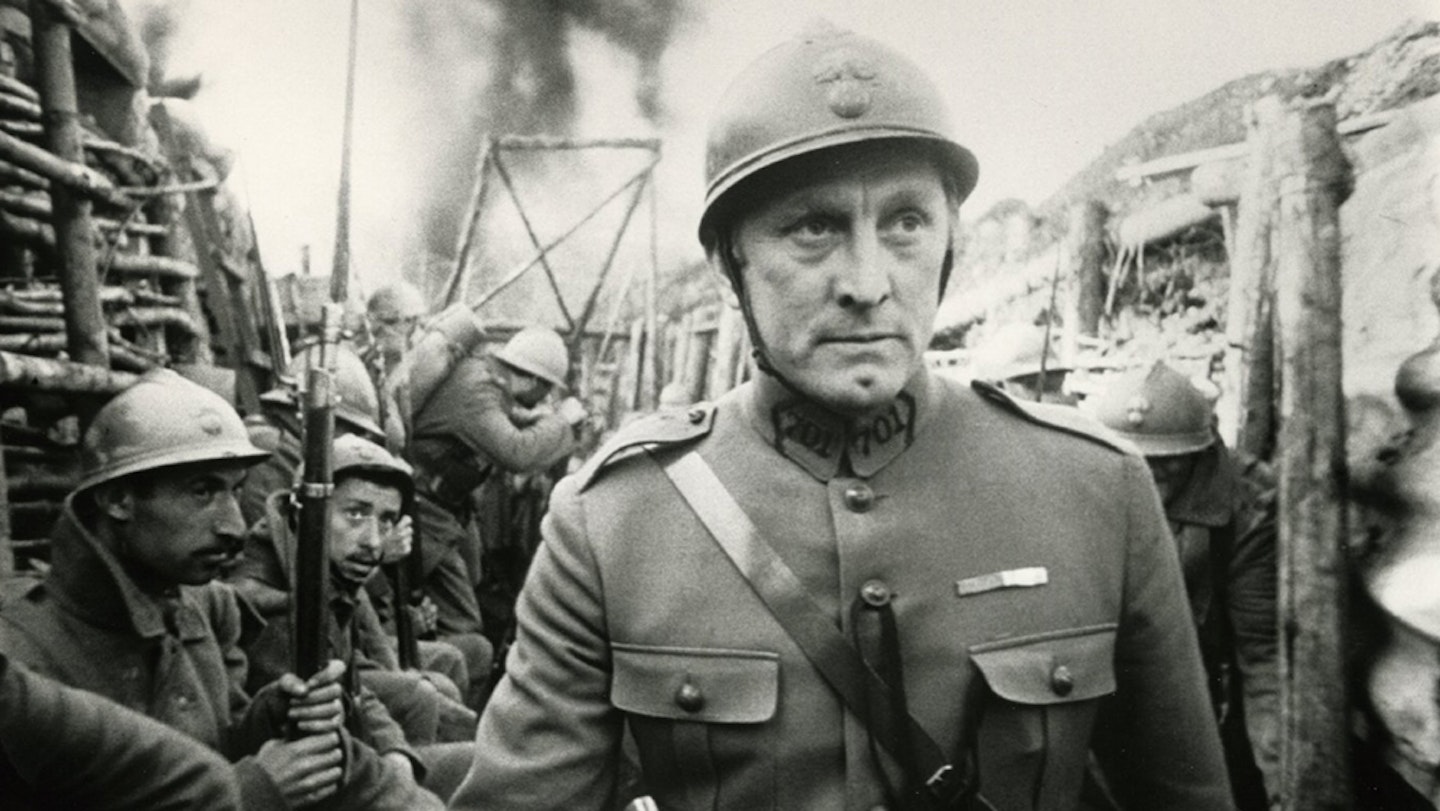
Considering the colossal impact of World War I, and the wealth of source material, it’s perhaps surprising cinema hasn’t visited the battlefields of Flanders and Picardy more often. Lewis Milestone’s All Quiet On The Western Front and Stanley Kubrick’s Paths Of Glory stand head and shoulders above any other depictions. Both are anti-war classics, featuring spectacular tracking shots of frontal assaults, but Kubrick’s focus falls more heavily on the absurd internal logic of war – a general orders the shelling of his own men, then randomly selects brave men to stand trial for cowardice – which divides Paths Of Glory neatly into battlefield epic and courtroom drama. Its great humanity is one in the eye for anyone who believes Kubrick’s films lack heart.
Platoon (1986)
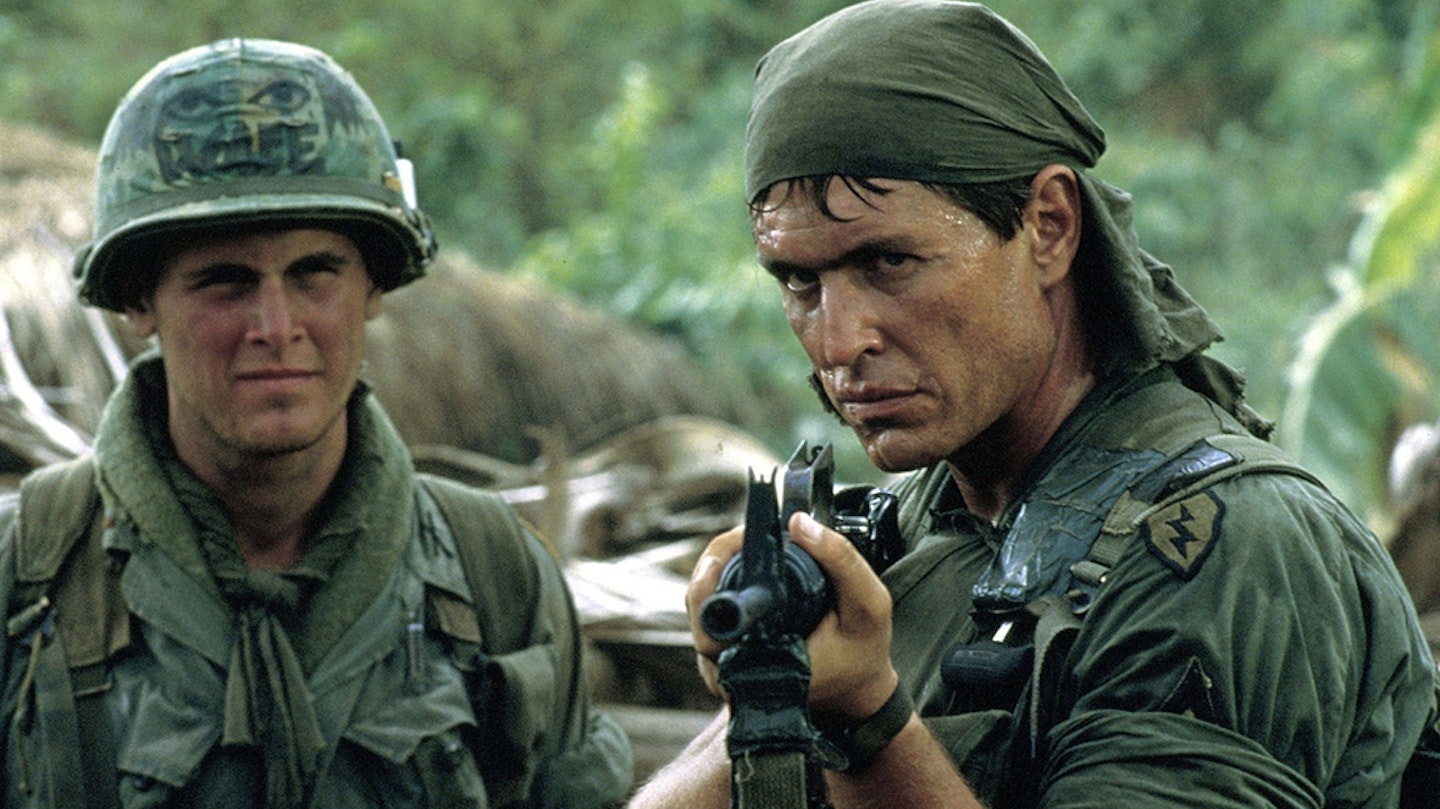
Like Jean Renoir, Sam Fuller and Jean-Pierre Melville, Oliver Stone channels his first-hand experience of combat into visceral cinema. While not overtly political, his Vietnam War memoir is an indictment of the conflict and a eulogy to a broken generation. The combat scenes, fierce and disorientating, capture the maelstrom, but at heart Platoon is a character study of men under unsustainable stress. Each copes differently; some don’t cope at all, but, behind the barrack-room ragging, only the psychopathic Sgt. Barnes (Tom Berenger) functions exactly as he’s supposed to. It’s the hideous conundrum of war that Kubrick was exploring at almost exactly the same time on the Docklands set of Full Metal Jacket, a very different film that drew many of the same conclusions.
Army Of Shadows (1969)
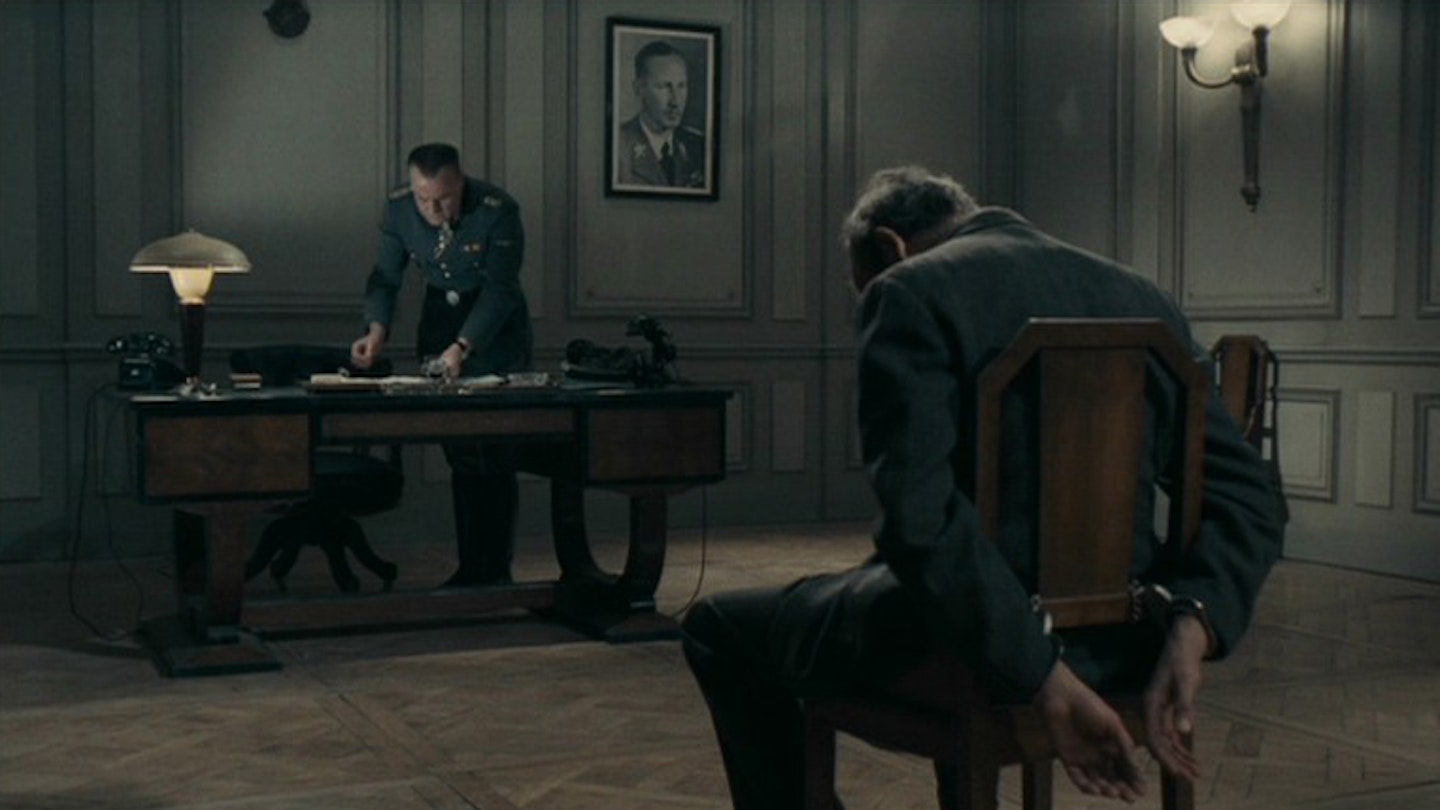
Jean-Pierre Melville, himself a veteran of the French Resistance, released this bleakly magnificent wartime thriller to a largely indifferent public. France was unreceptive to the feats of the Maquis at a time when De Gaulle was busy quashing a student uprising. Subsequently re-released and re-evaluated, it’s more than stood the test of time. The melancholy mood lends the white-collar heroism of a small band of ordinary men and women an understated quality, while the set-pieces are unbearably tense. With names like Le Bison, Le Masque and the Grand Patron, the Resistance fighters sound like figures from a gangster thriller. In a way, though Melville hated the comparison, they’re exactly that. A master of the genre, he brings the brutality, code of honour and fatalism of the underworld to 1942 France.
A Bridge Too Far (1977)
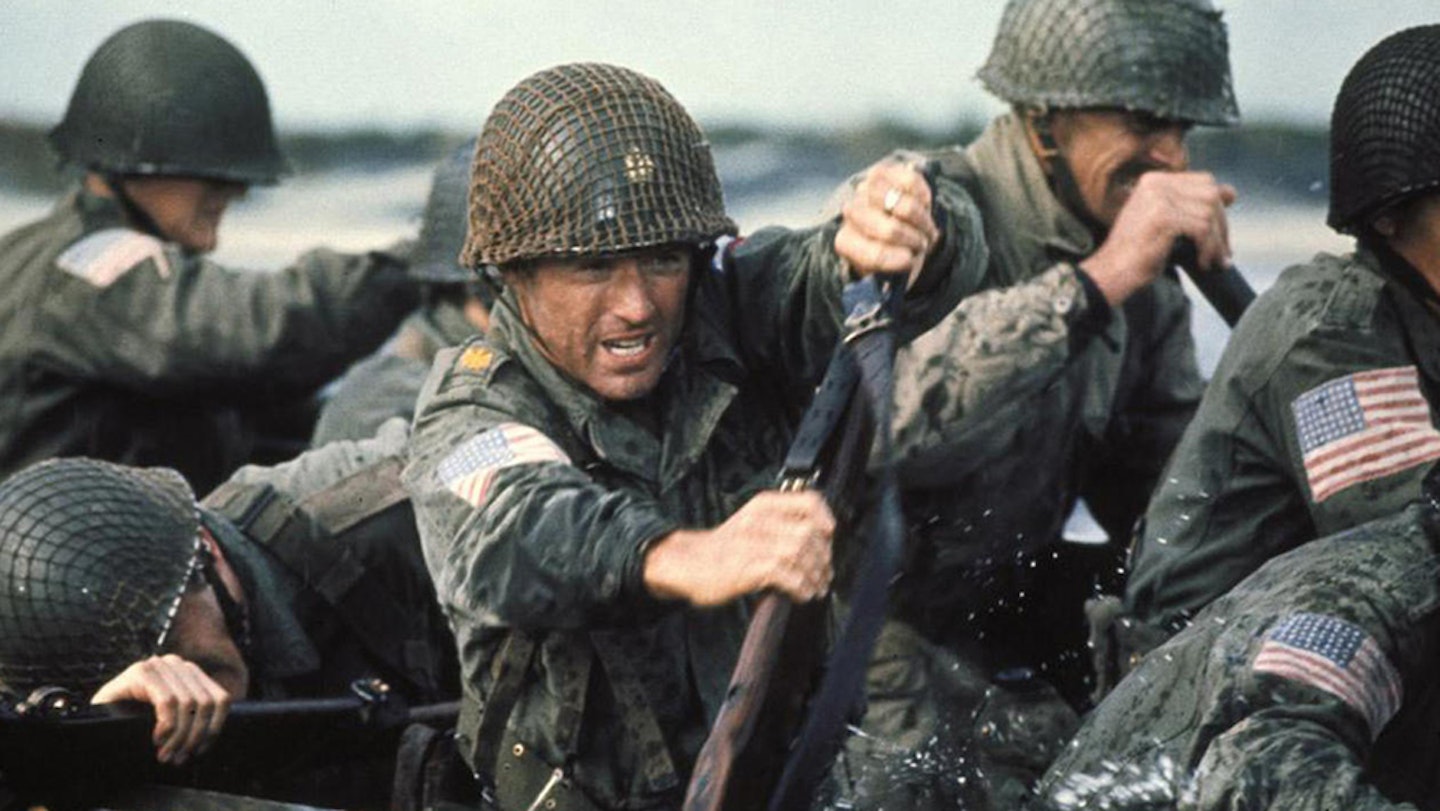
It wouldn’t have been hard to find a parking space in Hollywood while this was being filmed. Just about every star in town donned camo smocks to appear in Richard Attenborough’s epic recreation of Operation Market Garden. There were seven Oscar winners on the cast, an A-Z of '70s superstars. William Goldman’s dialogue peppered the action with moments of derring-do – not least Lt. Col Frost’s (Anthony Hopkins) nonchalant stroll across the enemy-held Arnhem Bridge – while the director went out of his way, and budget, to ensure historical accuracy. In many ways, it was a highly unlikely blockbuster. It’s consistently downbeat (hey, we lost this one) from moody opening to tragic ending, although what comes in between has such scale and doomed grandeur that it’s impossible not to be swept up in it all.
Come And See (1985)

No film – not Apocalypse Now, not Full Metal Jacket – spells out the dehumanising impact of conflict more vividly, or ferociously than Elem Klimov's brutal masterpiece. Its young protagonist, Florya, fresh-faced and innocent when we meet him in the damp woods of Byelorussia, is lined as an old man by the end of his odyssey, hollow eyes reflecting the horrific immensity of what he’s seen. The title comes from Revelations, a hint of the apocalyptic vision that Klimov unfolds, a vision filled with images that sear onto the subconscious: a German scout plane buzzing like an angel of death; parachutes fluttering from the sky like sinister moths; bright orange tracers thudding into the flanks of a helpless cow; an Einsatzgruppen officer’s playful Loris perched incongruously on his shoulder as he orders the extermination of a village. An impressionist masterpiece and possibly the worst date movie ever.
Saving Private Ryan (1998)
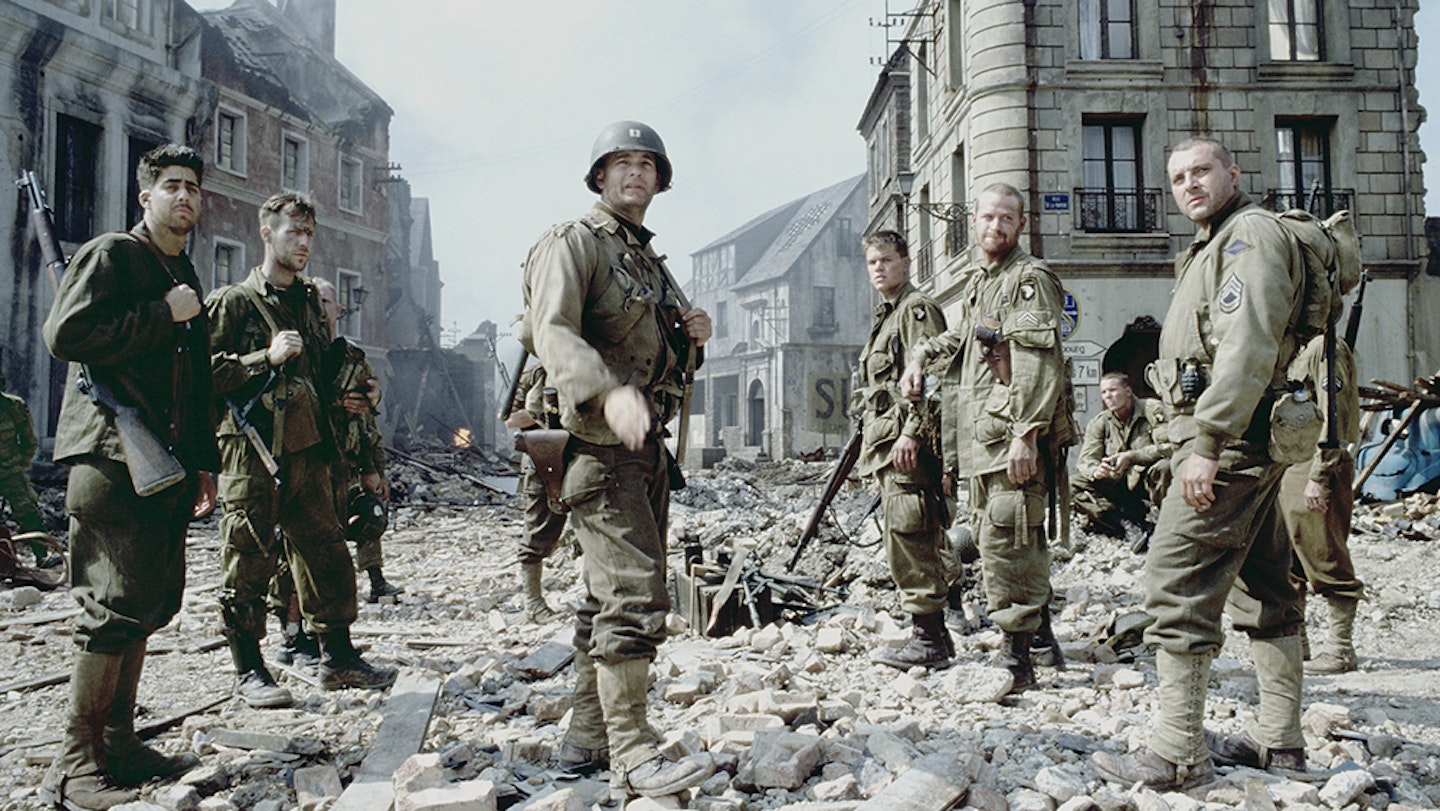
If you missed Private Ryan’s terrifyingly FUBAR opening scene on the big screen, you missed the beginning of a new era. Those first, searing minutes on Omaha beach, captured so brilliantly by Janusz Kaminski’s camera, marked a new chapter in war movies, one that’s heralded very-vérité depictions of conflict from Black Hawk Down to The Pacific. Gone was the pow-you’re-dead sanitisation of combat, gone the wobbly history and even wobblier tanks (Battle Of The Bulge, we’re looking at you). Steven Spielberg, who desaturated the film stock to give it the look of Robert Capa’s iconic D-Day stills, and writer Robert Rodat spare us none of the horror, while crafting a homage to the intimacy of comradeship under fire.
